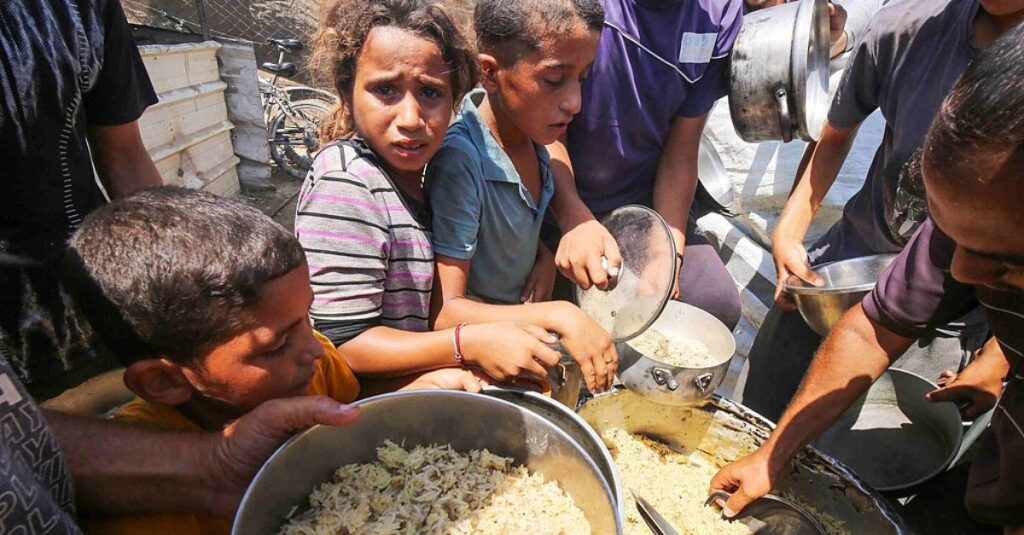
On the predawn hours of Gaza’s Zikim Crossing, hope and empty bags were clutched by desperate crowds waiting for the next aid vehicle. And then, in an instant, it was chaos: gunfire, panic, and within minutes, at least 48 dead, dozens hurt. It is not another tragic headline to this latest disaster, as survivors carted flour away and wounded were carted off in wooden wagons is a burning testament to the enormity of the humanitarian disaster suffocating Gaza.
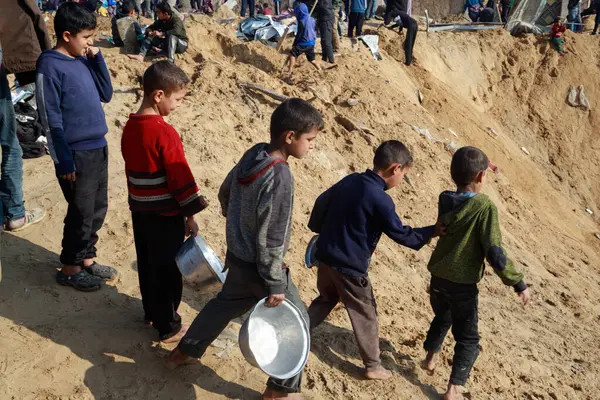
1. The Escalating Famine: Statistics That Haunt
The Gaza Strip is currently experiencing what the Integrated Food Security Phase Classification (IPC) refers to as the “worst-case scenario of famine.” Based on their most recent statistics, famine levels for consumption of food and acute malnutrition have been attained in most of Gaza, with Gaza City particularly worst affected. The IPC cautions, “Only immediate, unfettered humanitarian access into Gaza can prevent increasingly soaring starvation and death.”

Hospitals have treated more than 20,000 children for severe malnutrition since April, and at least 16 children under five have starved to death in the last two weeks alone. One of every three people now goes without food for days at a time. In northern Gaza, 81% of families reported inadequate food intake in July, from 33% in April.
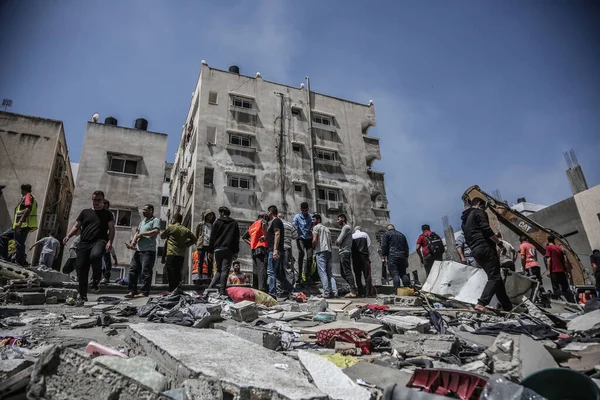
2. Under Fire: The Collapse at Zikim Crossing
The disaster at Zikim Crossing is only one in a series. Over 1,000 Palestinians have been shot and killed by Israeli fire while attempting to receive aid since May, the majority near locations operated by the Gaza Humanitarian Foundation (GHF). The Israeli army alleges it fires warning shots only, whereas GHF asserts its armed contractors employ pepper spray or warning shots to avoid fatal crowding. But when aid convoys turn up, desperate crowds jam them, and the collapse of law and order puts all at risk. International airdrops have resumed, but most parcels drop into evacuated areas or the sea, with people swimming for basic commodities.
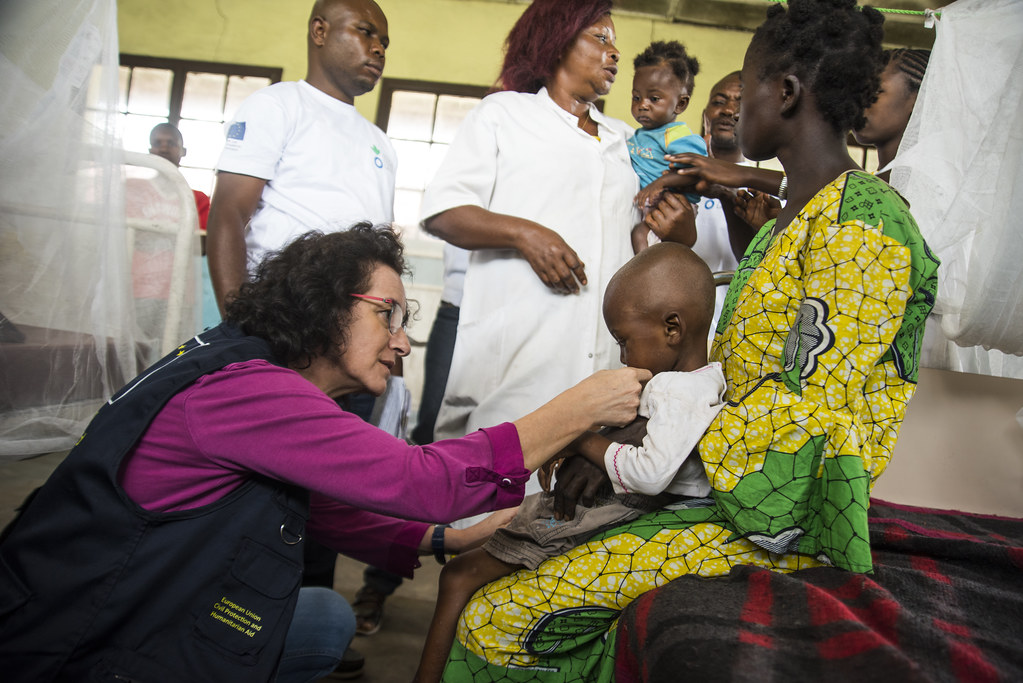
3. Malnutrition Deaths: The Youngest Victims
Since the war began, 89 children and 65 adults have died of malnutrition-related causes. The Gaza Health Ministry’s tally continues to rise as more cases are reported daily. Two-fifths of pregnant and breastfeeding women were acutely malnourished in June. The collapse of local food production, the closure of bakeries, and the near-total lack of clean water and fuel have pushed families to the brink.
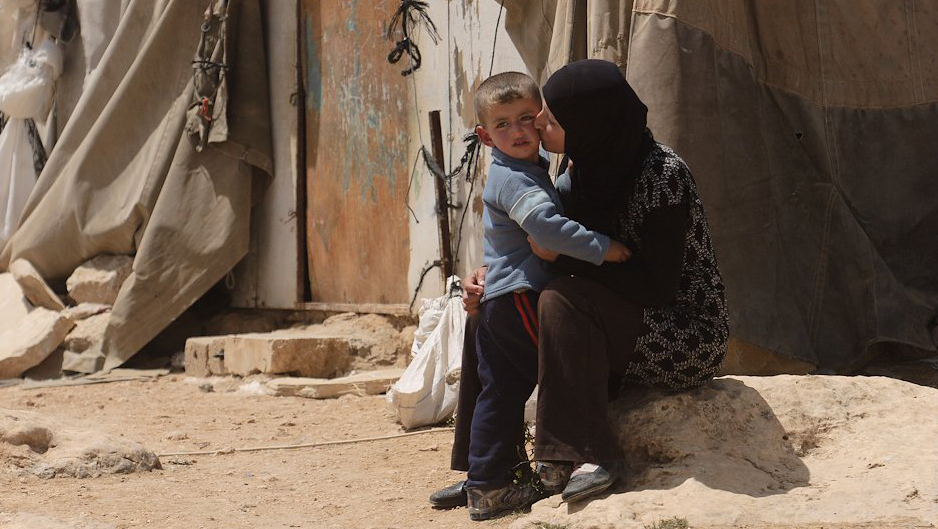
4. Diplomatic Push: The US Envoy’s Mission
As deaths rise, American diplomat Steve Witkoff travels to Israel to negotiate expanded humanitarian access and the road to ceasefire. Global pressure has pushed Israel to declare plans for greater access, but just 220 trucks reached Gaza on Tuesday less than half the minimum required daily. The United Nations maintains, “The trickle of aid must become an ocean.” With a permanent ceasefire and unobstructed access, experts fear, “widespread death is imminent.”
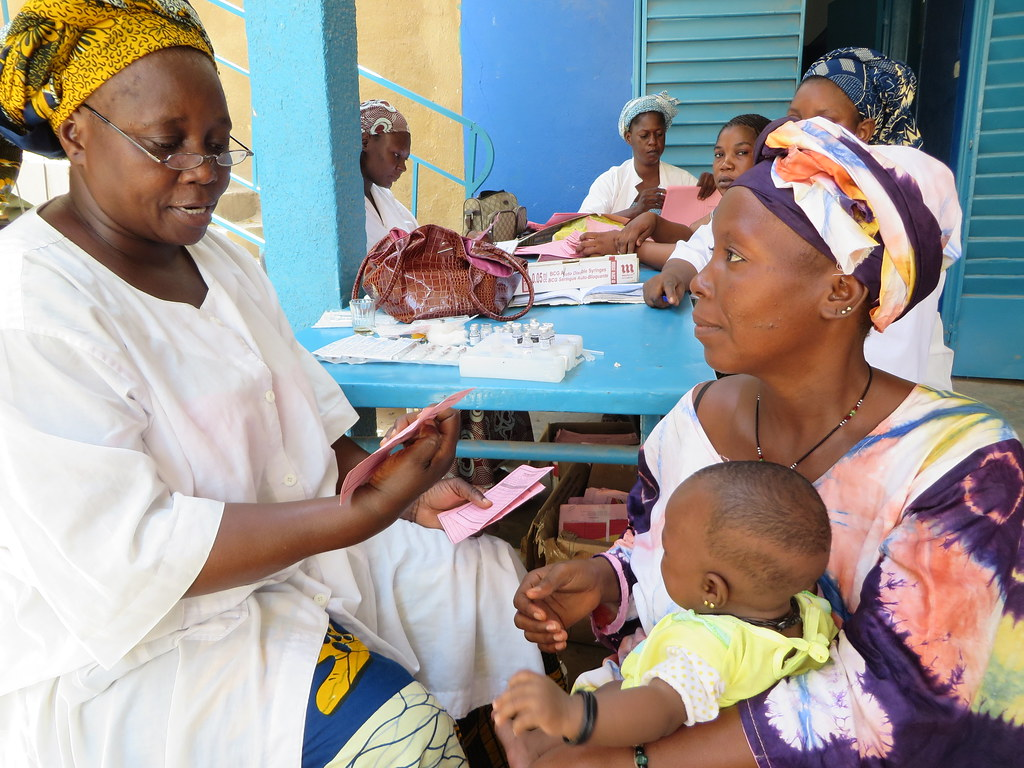
5. Humanitarian Assistance: Challenges and Resilience in the Community
Aiding Gaza is particularly challenging. Michelle Nunn of CARE International explains, “Humanitarians are not used to having a kind of wall around the place where they’re trying to bring relief.” The devastation is profound: more than 60% of houses and 80% of commercial structures damaged or destroyed, and the majority of hospitals unusable. However, local agencies and foreign NGOs still evolve, using community leaders and grassroots networks to disperse food, hygiene kits, and winter items. Every parcel of food handed out is proof of collective dedication, as one aid worker mentioned, “Our work, now more than ever, is a lifeline.”

6. Coping With Secondary Trauma: For Journalists and Global Citizens
For those following the crisis from afar journalists, aid professionals, and concerned citizens the emotional toll is real. Exposure to graphic news can trigger symptoms of secondary trauma, including anxiety, sleep disruption, and burnout. Experts recommend limiting exposure to distressing content, taking regular breaks, and processing feelings with trusted colleagues or mental health professionals. If you are exposed to traumatic experiences even if you are not physically there, your brain can still be capable of developing symptoms of distress just like what you might have developed if you were there, says Sam Dubberley of Amnesty International’s Digital Verification Corps. Some practical advice involves muting sound, disabling auto-play, and establishing healthy boundaries between work and life.
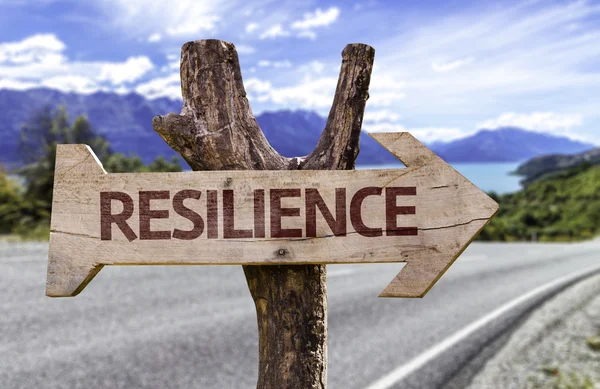
7. Lessons in Resilience: Community and Global Response
In the midst of destruction, narratives of resilience and unity emerge. Readily, volunteers trek for hours to distribute relief, householders give from little they may have, and humanitarian actors engage to reach the most vulnerable. Readiness in the community is the first line of resistance and recovery. Michelle Nunn highlights, “The first responders are always the men and women of the neighborhood and community who are assisting their neighbors and supporting their families.” Drawing on these strengths, relief groups are moving toward supporting local leadership and long-term recovery planning.
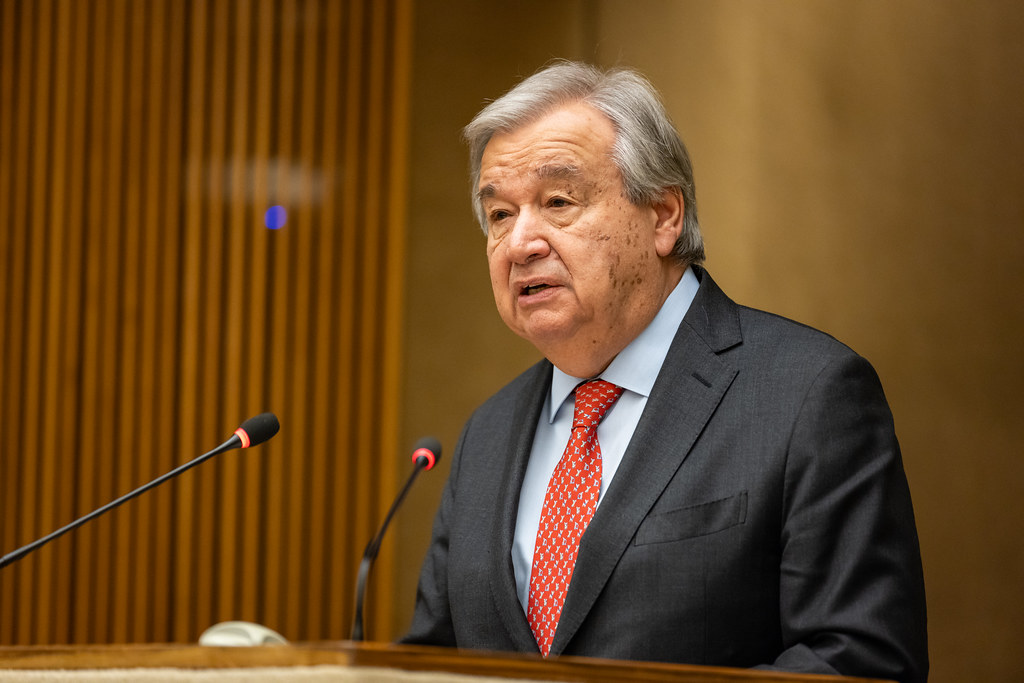
The Gaza crisis is a test of common humanity. As UN Secretary-General António Guterres stated, “This is not a warning. It is a reality unfolding before our eyes.” But even at the darkest hour, the dedication of aid workers, the strength of communities, and the empathy of a concerned world provide glimmers of hope that collective action can still transform lives.


